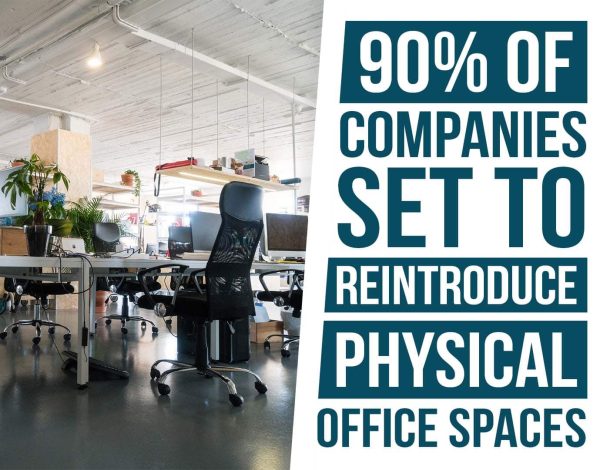Before the pandemic, remote work was not a common practice for the majority of working Americans. According to a study, approximately three-quarters of working Americans did not work remotely at all before the pandemic and only a small percentage, around 6%, primarily engaged in remote work as their main mode of employment.
However, everything changed in 2020.
During the Covid-19 pandemic, companies were forced to adapt to remote work resulting in nearly half of all American employees having to work remotely full-time. This shift opened the door to alternative work arrangements and allowed workers to explore the benefits of working from home. Some employers adopted a 3-2-2 workweek, while others embraced the concept of hot desking. In some cases, companies went even further by completely eliminating all in-office positions. This decision was fueled by the realization that many employees found satisfaction and flexibility in remote work. As a result, the modern workplace landscape experienced a transformative shift away from the confines of physical office spaces.
The original hope for companies was to continue to offer remote work for the foreseeable future, even after the pandemic, because studies had shown that remote work actually increased productivity levels in employees. However, recent studies have highlighted a potential decline in productivity among fully remote workers, which may have implications for the future of remote work. These studies indicate that productivity levels can decrease by 10% to 20% when employees work remotely full-time.
Get our free newsletter
Subscribe to City Personnel for top news, trends & analysis.
One factor contributing to this decline is the absence of non-verbal cues and spontaneous interactions that typically occur in a physical workspace, which can hinder collaboration and innovation. Furthermore, some individuals find it challenging to stay motivated and focused when working from home. These findings suggest that while remote work offers numerous benefits, it also poses certain challenges that need to be addressed to maintain optimal productivity levels.
In a recent survey conducted by ResumeBuilder, 1,000 corporate decision-makers provided valuable insights on their plans for returning to office-based work. The findings shed light on the future landscape of office environments, revealing that a resounding 90% of companies are committed to reintroducing physical office spaces by 2024. This showcases a strong desire to bring employees back into a shared workplace and highlights a shift away from fully remote work arrangements.
Additionally, among those companies that have already reintroduced in-office work, a noteworthy 72% of respondents reported experiencing positive impacts on their company’s revenue due to the implementation of return to office policies. These findings serve as a clear indication that the experiment of offering fully remote work to employees failed to deliver the anticipated results.
The Potential Risks of Mandatory Office Returns
Requiring employees to return to the office can pose several potential challenges. Firstly, some employees may choose to quit rather than return to the traditional office setting. During the pandemic, many individuals discovered the benefits of remote work, such as increased flexibility and improved work-life balance. Forcing employees back to the office could lead to a high turnover rate and the loss of valuable talent.
Secondly, employees may experience decreased job satisfaction and overall unhappiness if they are required to abandon the remote work setup they have grown accustomed to. Studies have shown that remote workers often report higher levels of job satisfaction and lower levels of stress compared to their office-bound counterparts. By taking away this flexibility, employers risk demotivating their workforce and affecting productivity.
Additionally, requiring employees to return to the office may result in increased commuting times and expenses. Many employees have relocated during the pandemic or made other arrangements based on the assumption of continued remote work. Reversing this decision could disrupt their personal lives and cause financial burden.
In conclusion, mandating a return to the office without considering the potential drawbacks can have negative impacts on employee retention, job satisfaction, work-life balance, and overall well-being. Employers should carefully weigh the benefits and risks before making decisions regarding remote work arrangements.







